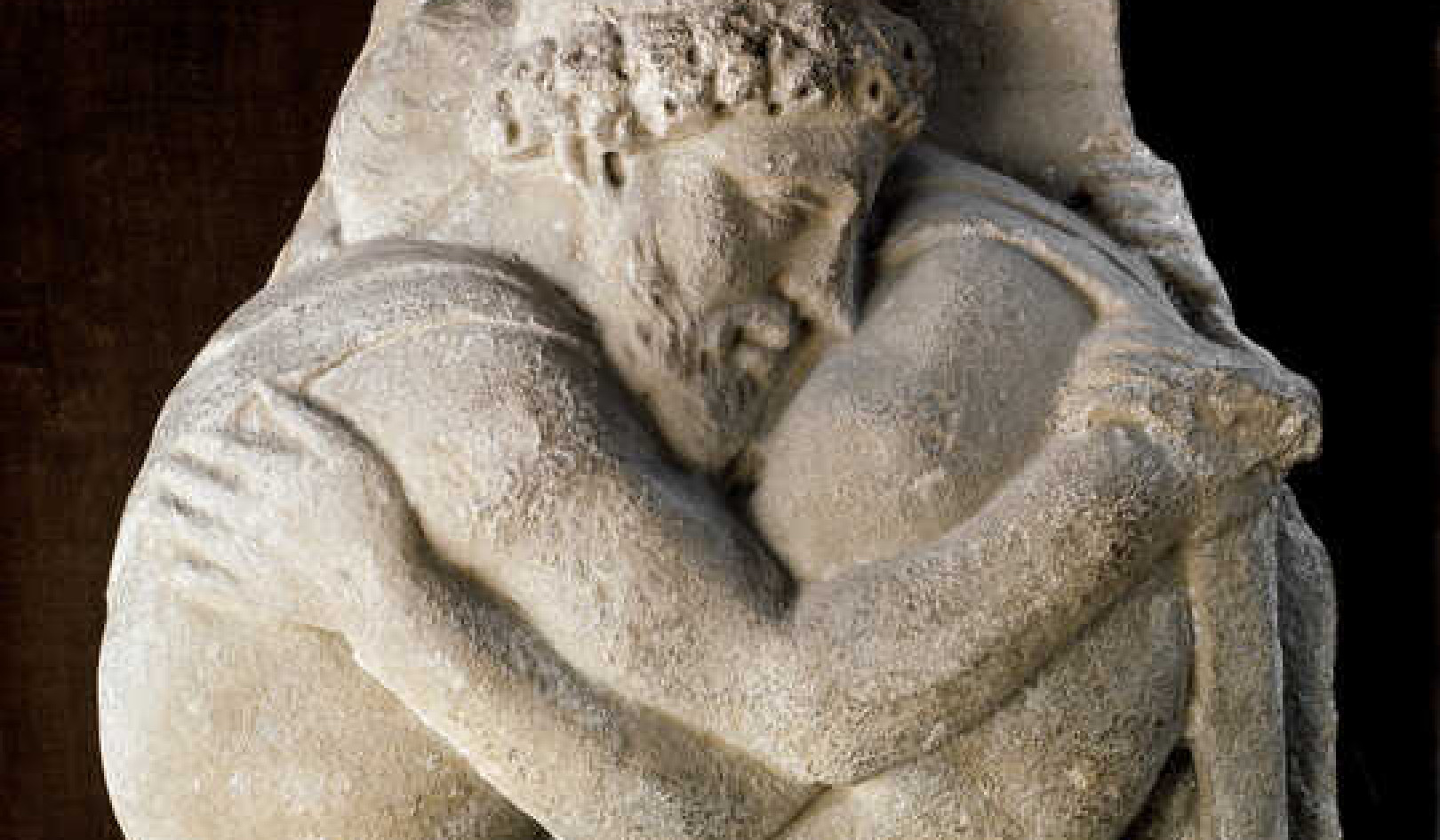
To many parents’ surprise, white children aged between five and eight often express racial prejudice. In new research, my colleague and I found that young white children’s implicit racial attitudes also favoured pictures of unknown white children over unknown black children.
This is concerning because adults who show stronger automatic bias favouring white people demonstrate less positive behaviour when interacting with black people in laboratory studies. Around the world, ethnic diversity is on the rise, so children will be required to interact with people from ethnic or racial groups other than their own in order to be successful in all aspects of their lives.
In three studies conducted in Toronto, Canada, 359 white children aged between five to 12-years-old completed two different tests of implicit racial bias. Like many cities in the UK, the racial diversity of Toronto’s population is rapidly increasing.
The first test we used was what is called an exemplar-based measure of automatic attitudes that has not been used before with young children. The children were first shown a photograph of a white face and a black face, followed by a photograph of either a pleasant object, such as a cartoon smiley face, or an unpleasant object, such as a cartoon frowning face, or a neutral inkblot. They were then asked to identify the object as pleasant or unpleasant as quickly as possible. Instead of being asked to respond directly to the pictures of black or white faces, children’s responses to the images that follow allowed us to infer the extent to which they had positive or negative feelings when seeing individuals from different racial groups.
The second test we used was a category-based measure of automatic attitudes – or what’s more commonly called an implicit association test. Photographs of white people’s faces and pleasant objects such as kittens and flowers were identified with one computer key and photographs of black people’s faces and unpleasant objects such as litter or a house collapsing were identified with another key.
The pairings were then reversed so that white faces and unpleasant objects were identified with one computer key and black faces and pleasant objects with the other key. The speed at which a child responded to each type of pairing when asked to categorise each photo by race or as pleasant or unpleasant, allowed us to infer the extent to which they had positive of negative feelings to the racial categories white and black.
No category, no bias
Research has consistently shown that white individuals display implicit bias favouring white people over black people – and that this bias emerges early in life and remains stable as a child grows up. But research also suggests that young children might not always spontaneously use race as a lens through which they view others. When racial categories are not linked to the task itself, white children may not show strong implicit racial biases. This means that tests which ask individuals to sort people into categories based on their race may actually overestimate children’s automatic racial prejudice.
In our study, when both younger and older children were asked to categorise the photographs by race, they showed racial bias favouring white over black children – and the level of bias did not differ by age. By contrast, in the test where children were not required to categorise photographs by race, we found that when white five to eight-year-olds saw faces of unfamiliar white children, they automatically felt positive. But this automatic positivity did not emerge for older white children, aged between nine and 12 years of age. Crucially, neither the younger nor the older children showed evidence of automatic negativity toward the photographs of black people.
Our results provide a different account of racial prejudice than the previous research which suggests that pro-white bias emerges early in children and remains stable across age groups. Instead, we found that when young children did not have to categorise target faces by race, they were more positive towards their own race – but this waned with age.
Driven by positive feelings
Our findings suggest that white children’s automatic prejudice might be driven by positive feelings towards white people, instead of negative feelings toward black people. We also suggest that biased attitudes are more likely to be expressed when the social context encourages children to group people by race, for example in instances of residential and school segregation.
Our findings have wide implications for people interested in reducing children’s racial prejudice. The results suggest that those interventions designed to decrease a child’s negative feelings toward people from different ethnic groups to them might not be the best approach, as there is little evidence these attitudes have solidified in childhood.
Instead, successful interventions for young children might include extending the notion of what it means to be a person “like me” to include people from other racial groups. For older children, highlighting role models from different racial groups might help to strengthen inclusive racial attitudes.
About The Author
Amanda Williams, Lecturer in Psychology of Education, University of Bristol
This article was originally published on The Conversation. Read the original article.
Related Books:
at InnerSelf Market and Amazon


























